Making of Hotel 114
Thomas Vournazos, from Slashcube, posted on the forums a super cool looking visual of Hotel 114 – A small project he did for a hotel design in Oberkampf area in Paris. Showcasing a vibrant, night life scenario, was the main goal for this image and nicely done. Using Maxon’s Cinema 4D along with Corona Renderer for C4D, Thomas describes his workflow in this Making of Hotel 114 article for all to learn from. Enjoy!
Hi guys,
First of all, a big thanks to Ronen for giving me the opportunity to share some stuff with all you guys. I was always a fan of this forum and got inspired a lot from all the people here through the years.
Introduction
The Making of Hotel 114 was a commissioned image for Herault Arnod Architectes and it is about a new Hotel and Restaurant in Oberkampf, a well-known nightlife area in Paris. The mood was chosen to be night-time, to amplify the vibrant mood of the area. The Architects love to have conceptual images, so this one was a nice challenge for me. The whole process for this one image was a week. So things had to be structured.
Concept & References
When starting a project, the main focus in Slashcube is collecting references. This is not news to you I’m sure, reading the previous making-of’s on the blog. Usually, references help me to both understand the site and also try to make a solid base for the image itself.
Here are some of the images I used as a mood board. From here and afterward, color values, contrast, and composition can be based on the references I have collected.
I will spend some lines explaining a bit about the render process. Just a bit, since the main focus is on the post process stage.
3D Modeling
Most of the model was given to me by the design team. Stuff like the street, the sidewalks, the ground floor interior and some tweaking on the facade were the only things I had to take care of.
Nothing special though. All modeling was done in Maxon Cinema 4D. Here you see the viewport from the model itself.
Shading – Texture & Materials
Asphalt Shader
The only thing I wanted to have in the image from the render itself, was the road reflecting the building and all its lights as natural as possible. So, I had to make a wet looking road. Doing this in 3d was a lot easier. For the final render I used Corona Renderer for C4D. Still in early alpha, but I am really happy with what I am capable to do with it.
A lot of custom brushing in PS and a 15K texture for the whole street was more than enough. Again, the basic map was the reflection map. Most of the textures came from CG Textures.
The material was nothing to special. A simple shader with just a reflectance map with a bit of a fresnel map to control the specular reflection of the shader.
Lighting
Street Lights
Most important of all, the lighting!
I played with a combination of area lights for road lights, area & spot lights for the restaurant lights and some custom JPG shop facades for lighting the ground floors of the surround buildings, simulating the shops on the ground floors. I just kept them hidden from camera, but visible on reflections.
In general, I like to have a more random / chaotic placement for the light sources, so it works like a natural “noise”. The light propagation feels better in the end due to this.
Here you can see the light setup for the artificial lights. I tweaked them using temperature values and not with the simple color picker. So with this scene, temperatures were from 1950K for the street lights and 3000K for the sidewalk lights.
The Sky
For the main light source I played a bit with HDRi skies. The perfect balance between corona light intensities and sky color balance was with Peter Guthrie’s 2009 HDRi sky.
Usually, I also try to lower down a bit the overall saturation of the sky. This way I can tone down what is initially too vibrant of an evening sky for my taste.
RENDERING
Corona Renderer is quite easy on settings. I just keep the default settings.
The only thing I had to control was overall exposures and the highlight compression. But this is a project related issue, so it fits the needs of each project differently.
Something great, worthy of mention, are the channels you can have from Corona Renderer for C4D. From simple Raw diffuse to Indirect Reflection, I found that Corona has lots of choices for me to post process things I want in PS. On the next chapter, I will show my series of channels I like working with. So lets move!
POST PROCESS
Basic Value / Color Scheme
It all comes to this now. Most important is values and then colors. I always use a reference to compare my values and extract my colors from.
Sometimes it can be only one image as reference, other times it can be 2-3 images (like in this project). Using a black & white adjustment layer, I can check where my contrast is all the time.
So… I build a base for my contrast, using a reference and sometimes an early sketch. This way I know that my values will be exactly where I want them to be.
Color can come second inside the post process. If the values are solid, color can be controlled. Again, based on references, I can keep an eye on my colors, so that I don’t lose the sense I want to have in the end.
Constructing a basic color scheme is always important. Again, references are really important. So gather as much as possible!
PSD File Layout
Now, this is my personal way of organising a PSD file. I managed to work for a long time like this so now I cannot really change it much. It is helpful, well organised and it can help you out in really big files.
The Process
The image was rendered at 5K resolution, along with channels I always use (Mat ID, Alpha, Reflection, Diffuse etc.). Here is the Raw render and all the channels I used for this one.
Below I’m attaching the Raw Render and a couple of channels I use almost 100% of the times.
Correcting Render Elements
Starting from the render, I had to bring the facade and the street on the level I wanted it.
Checking contrast and values is just one basic first step. I had to make the brick facade more reflective due to demand and also bring it to a more whitish color.
Also, as in the reference image, the street had to be fixed too… Just a bit to match my reference image.
Constructing 2D/3D Elements –
So, Starting from the most important…
The Sky
Skies are the first thing I try to solve. A solid ground/sky pairing is essential to every project.
In this case, a slight moody bright sky, not to vibrant or blue, was the key.
The Hotel 114 is a new design, so I had to place it in the real environment as it is now. Here you can see the site as it is now.
Also, I had to break the 2d buildings information in three levels, cause it seemed a lot easier to bring scale and correct positioning. I used a variety of photos the Architect’s team provided me with, to benefit as much as possible from resolution and avoid blurry or low-res images.
Finally, 2D-people
Finding and placing people is the most time-consuming thing for me. But, they help create the scenario and bring dynamic feel, along with contrast and color to the scene.
Essential to the image, making it great if done right… or ruin it otherwise!
Reflections on the wet road were done by flattening all people in the end, stamping them with a rotated stamp brush and smudging a bit to give noise from the water waves and the asphalt noisy surface.
Light Enhancements
After all the 2D Montages, the light enhancement always brings the final image a lot closer to being realistic. Usually, working with a combination of layers on screen mode, I add ambience on my existing light sources.
You dont have to exaggerate. Usually i keep my brush opacity to 20% max and keep my colors not too vibrant. If you keep light brushes…the light in the end will be a lot more natural. So avoid doing this step in 5-10 minutes!
In this case, I added a bit more red ambiance on the street lights, along with some more yellow / orange light in the interior spaces.
I also brought a bit of blue towards the top of the building, simulating the sky reflection on the glossy bricks.
Final Adjustments
For this one, there weren’t much to do as a finish polishing touch. I tweaked a bit the general color to be less blue. Added a bit more highlight curve to make it more “punchy” and added a light vignette to darken a bit the lower foreground part of the image.
Some notice here… I try not to take color out too much. I avoid using desaturation and prefer to change hues instead. This way the image feels more natural and it is not looking flat. Maybe in the end I can work with a bit less vibrancy, but only locally.
And here it is the final image with all the above put together.
So that’s all, you guys.
Hope that I was not too standard.
I want to thank Ronen for this opportunity to share some stuff. If you guys have any questions, please do let me know about it and I can answer as much as possible in the comment section below.
I also made a small time-lapse video with the PSD process… but a bit more cinematic, So check it out and let me know what you think!
Enjoy it!
Cheers,
Thomas.
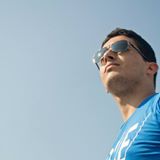
3D Artist, based in Zürich. Lead 3D Artist and Founder of Slashcube. Working with creative people for creative imageries.













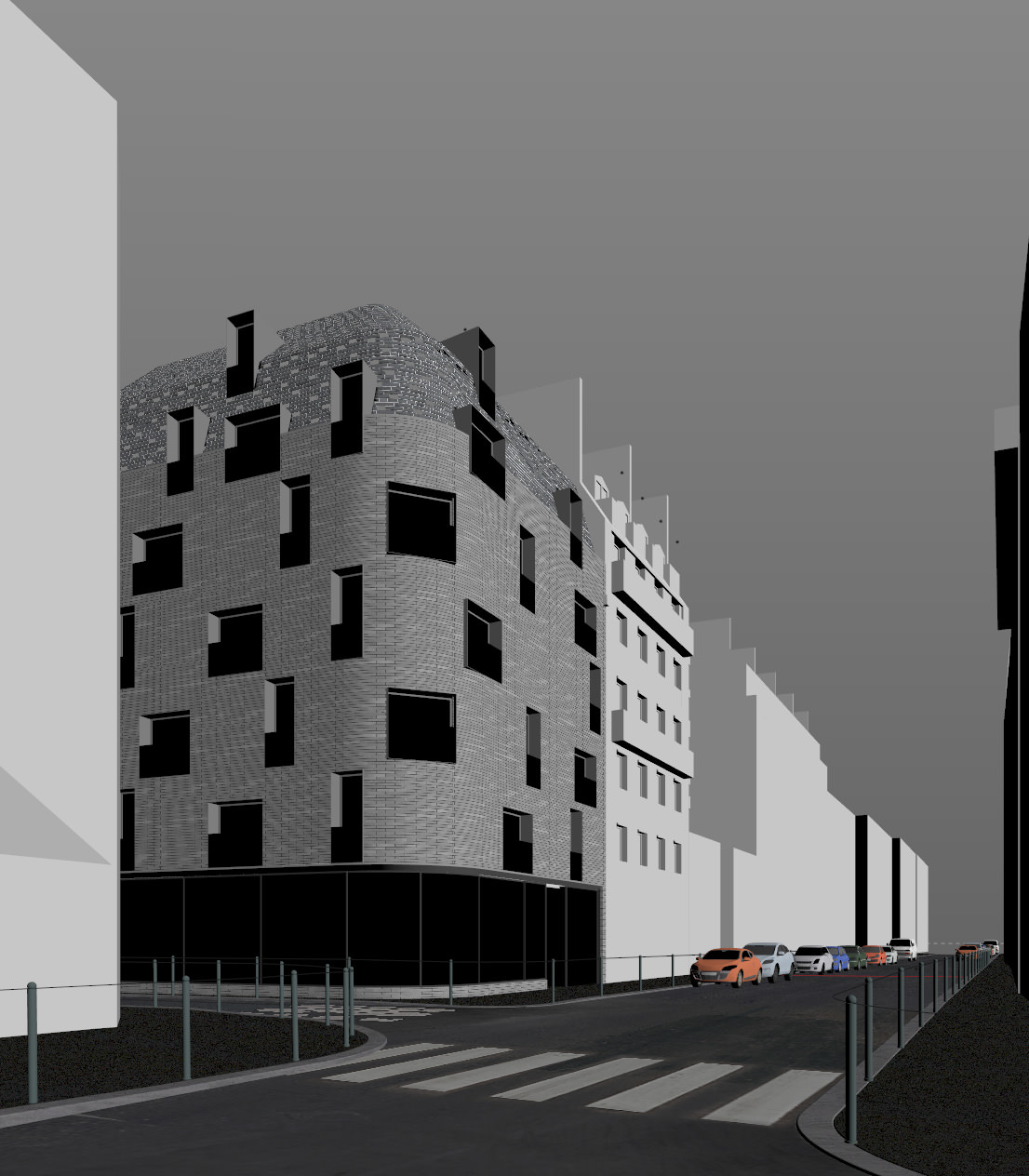

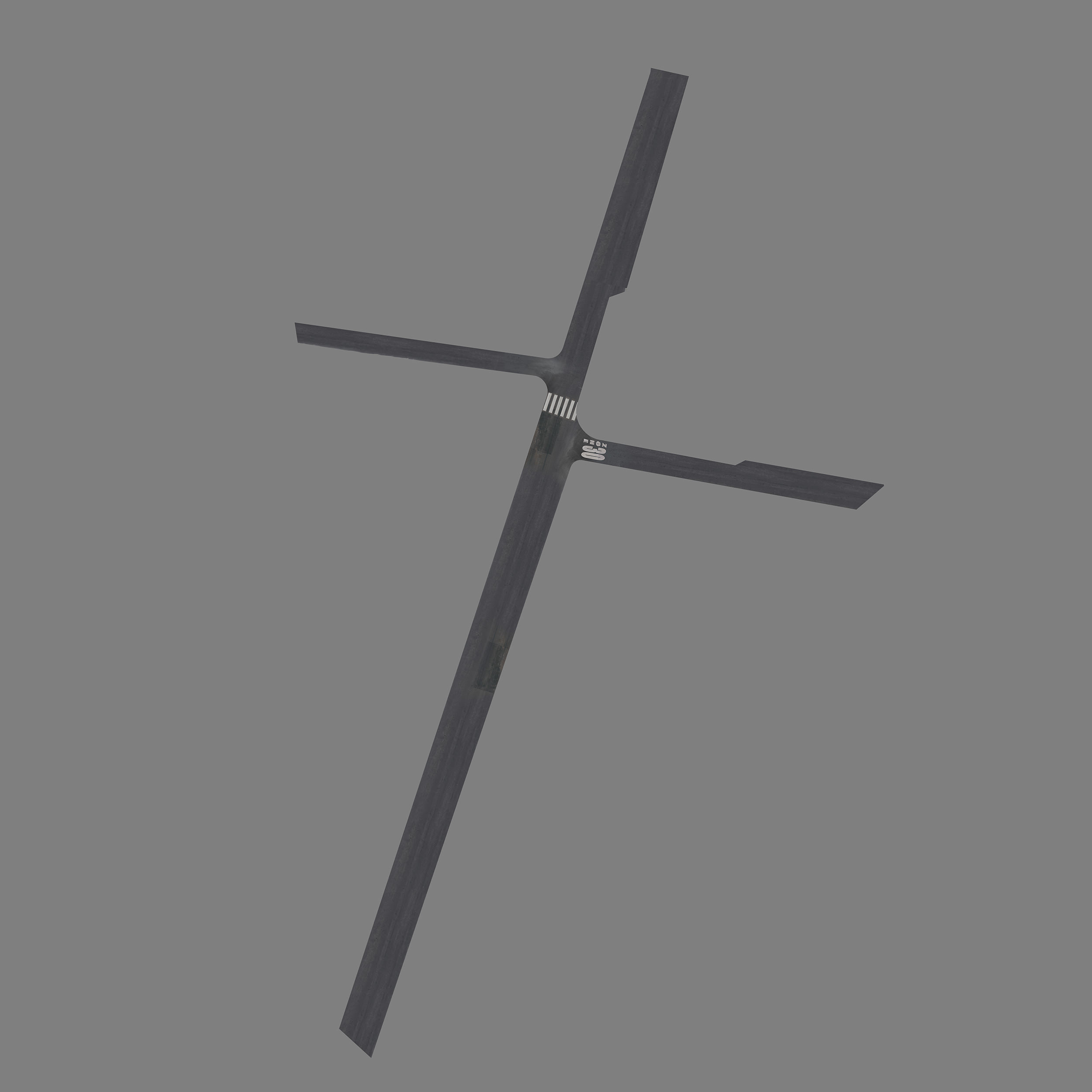
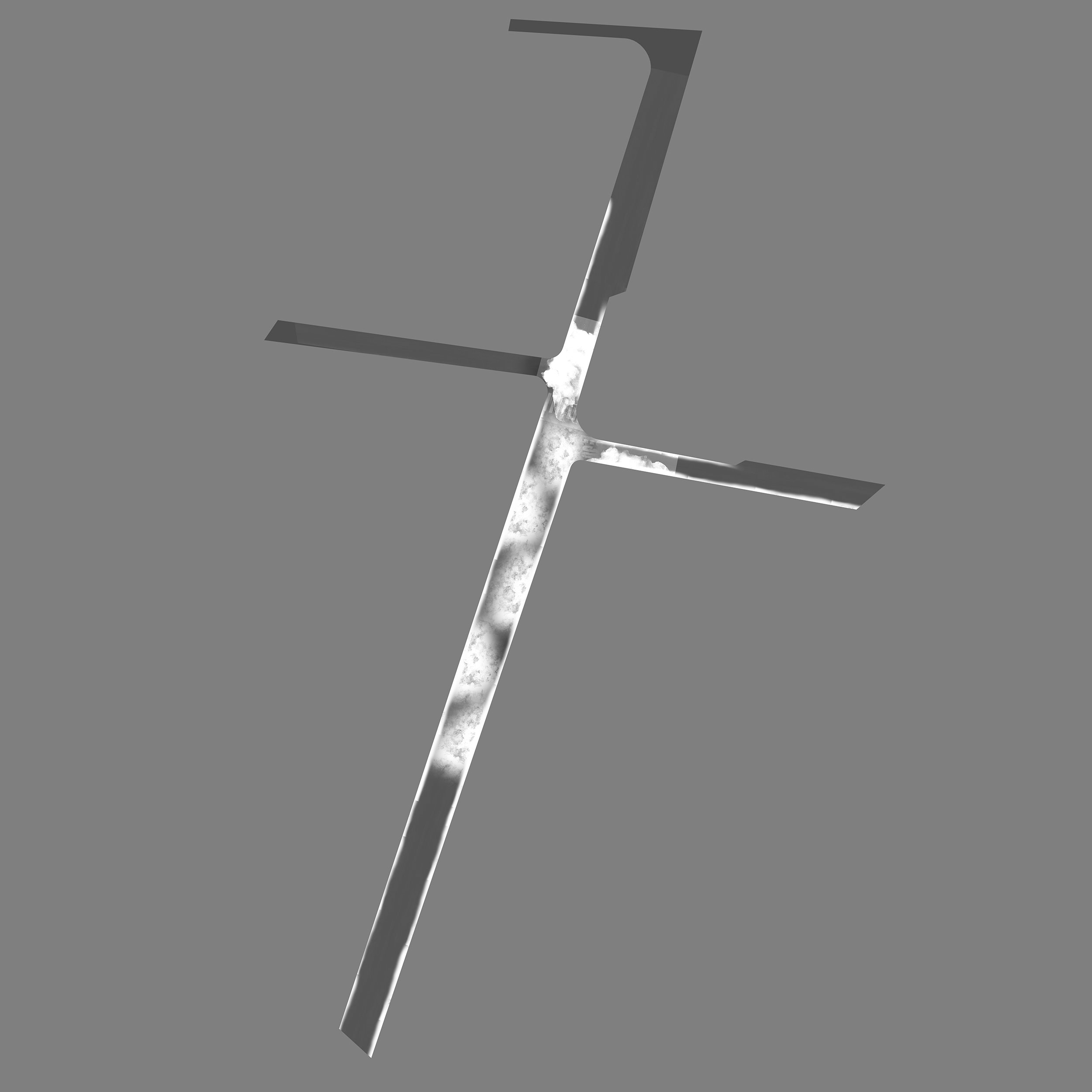

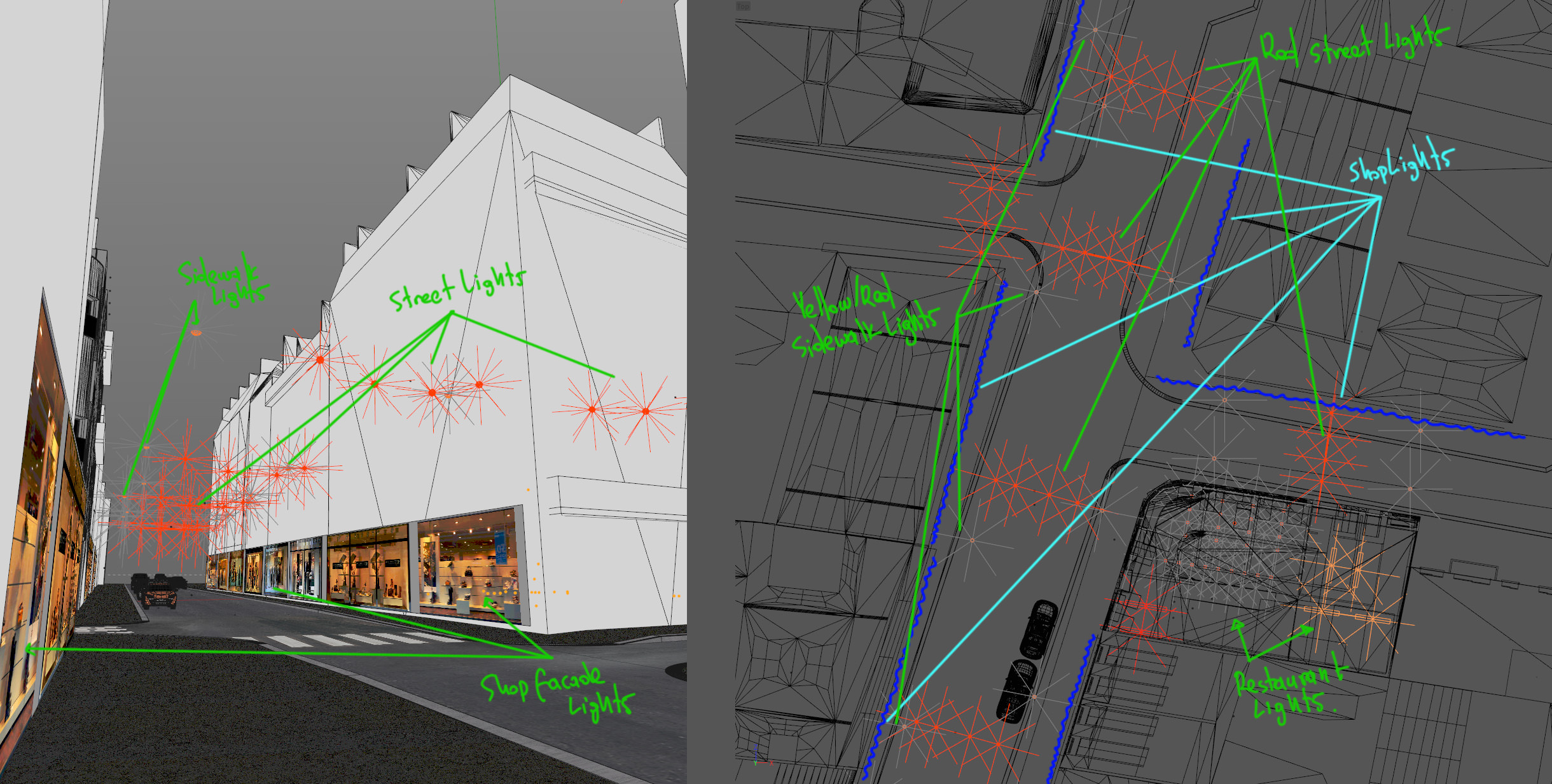
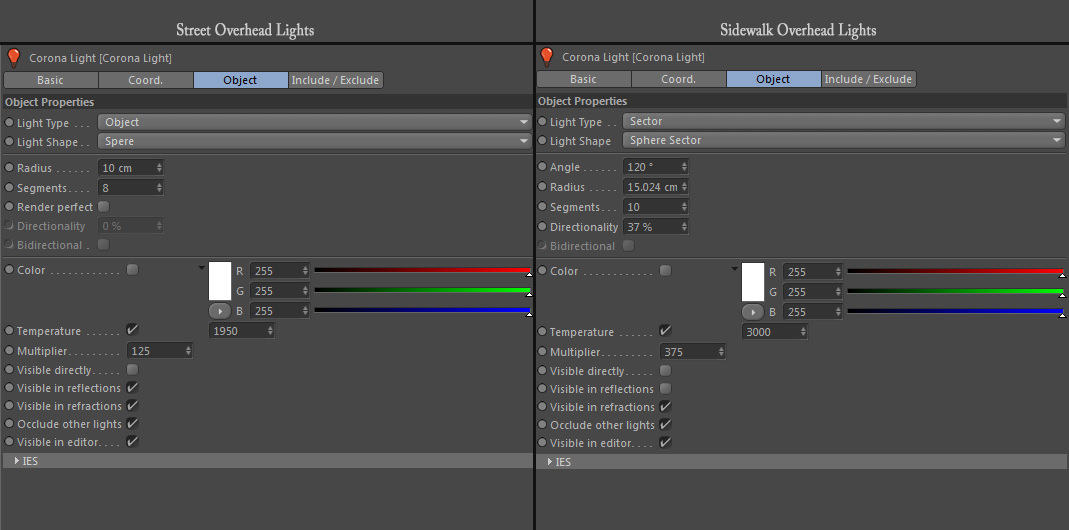
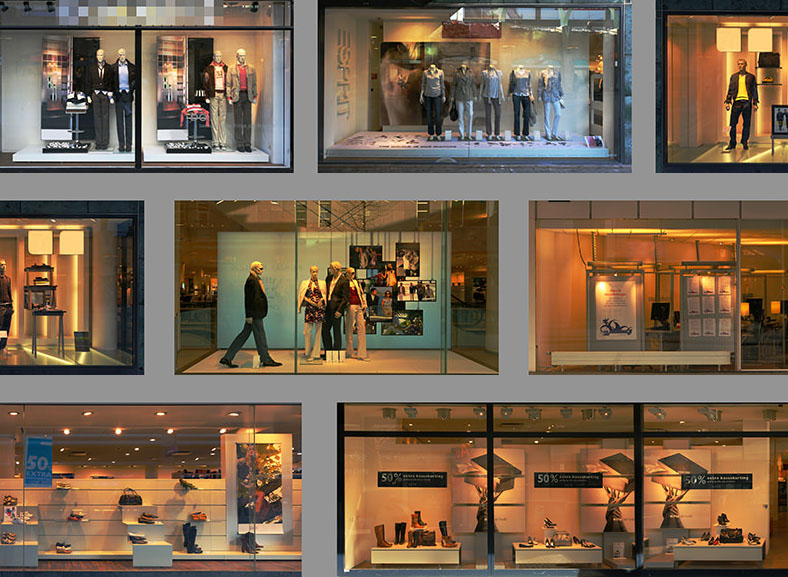

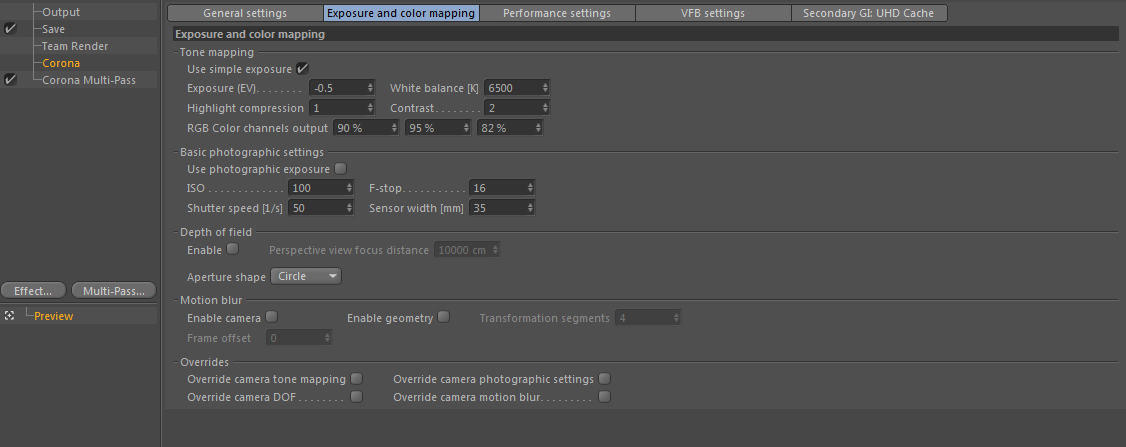
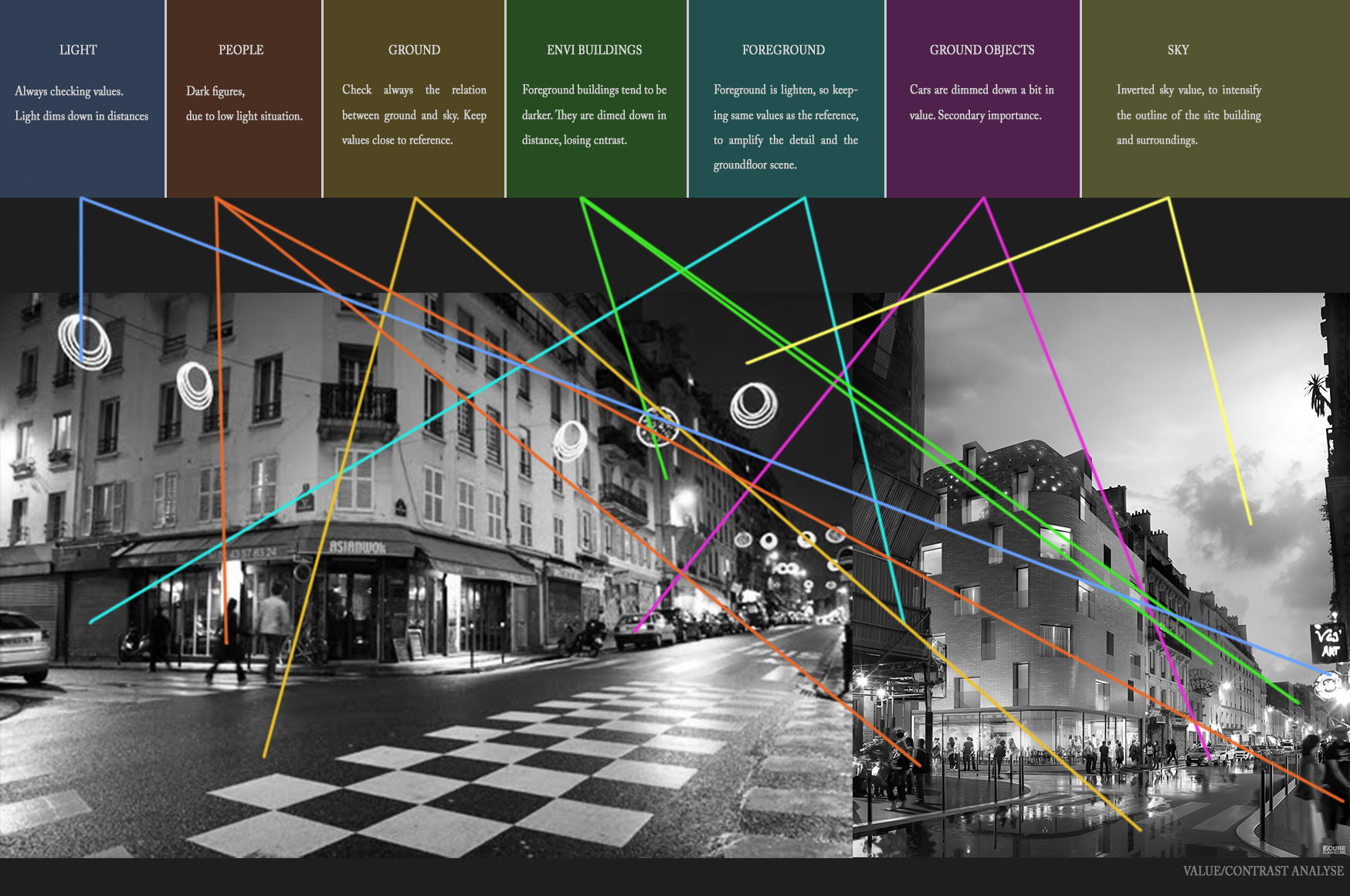
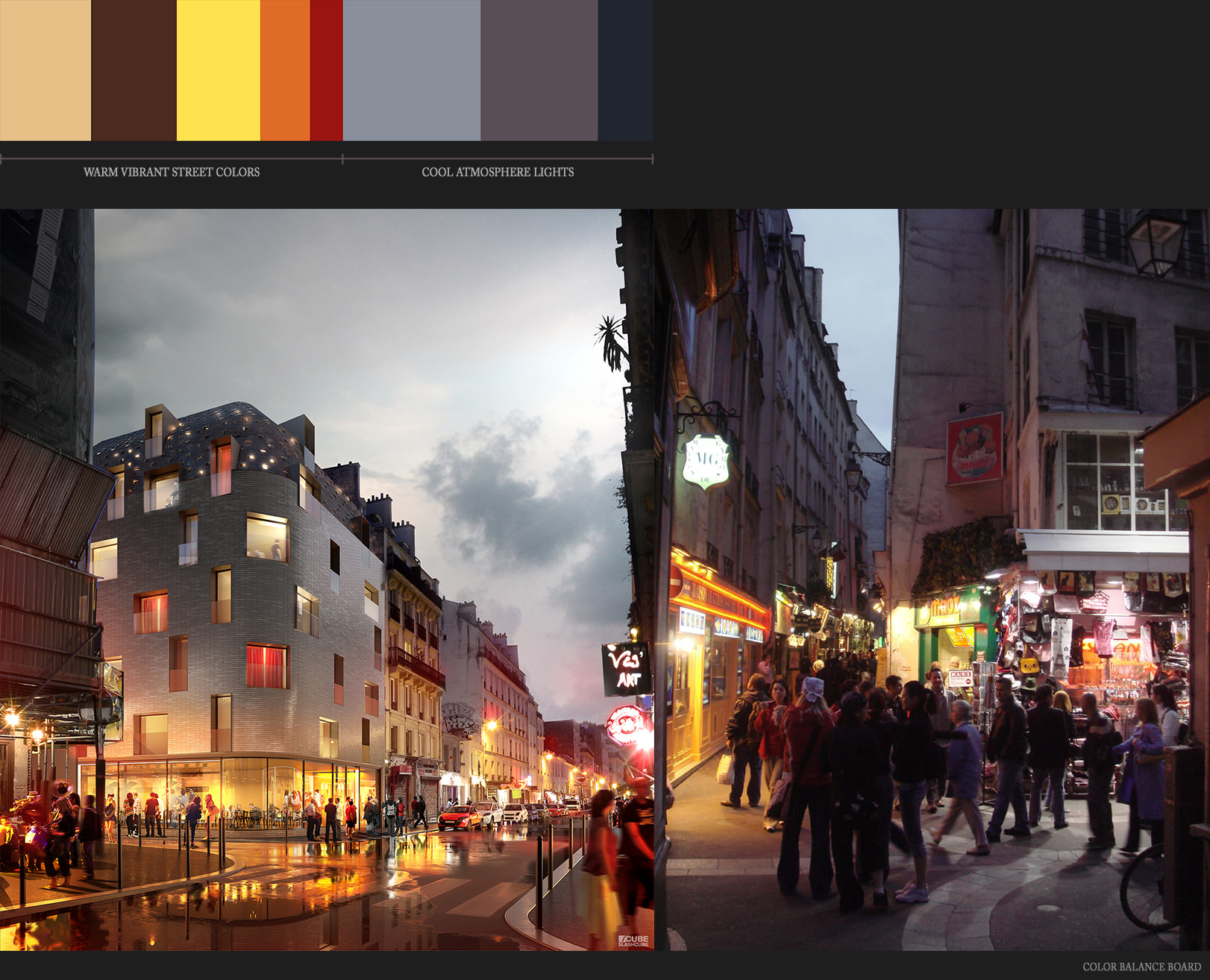
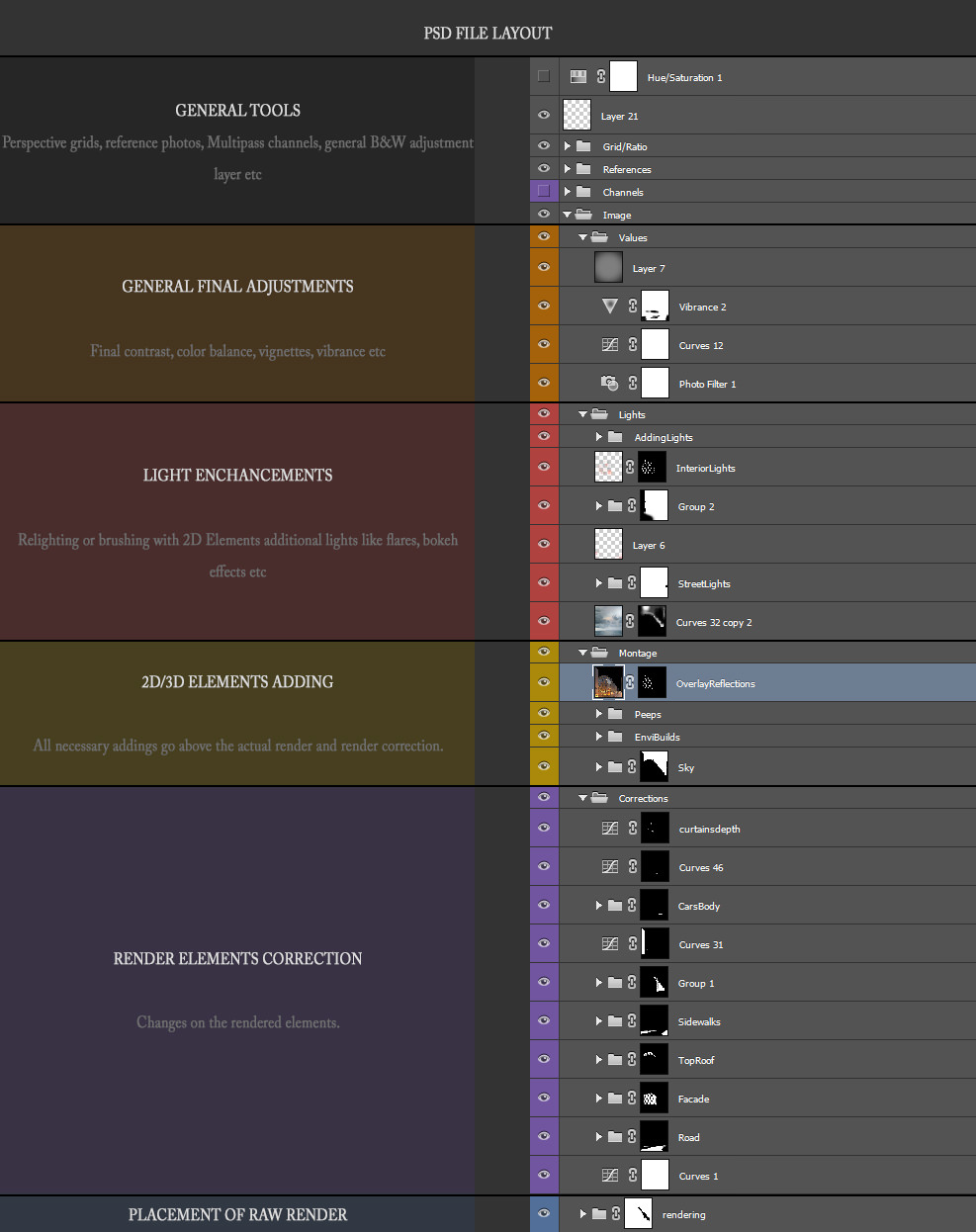
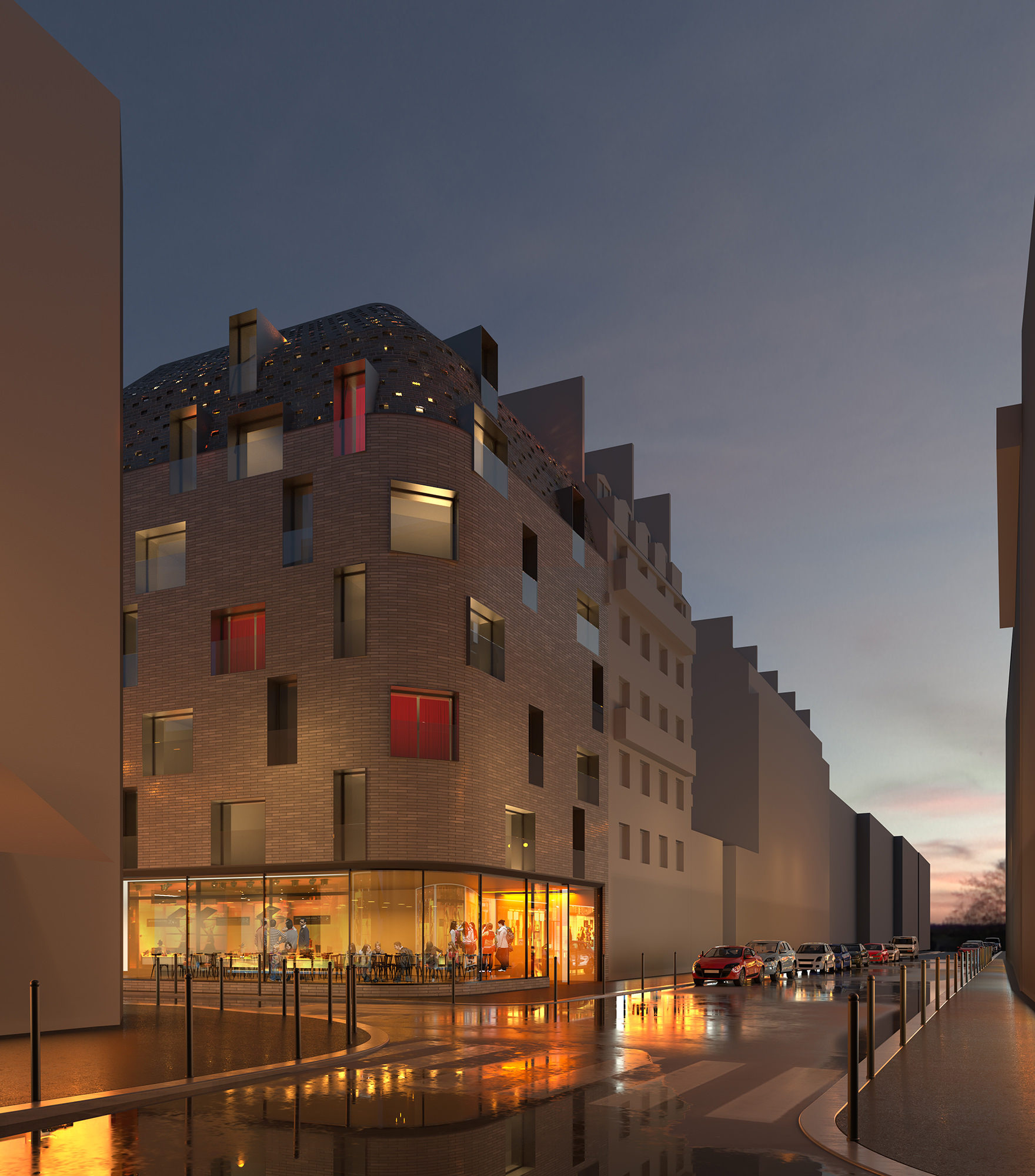
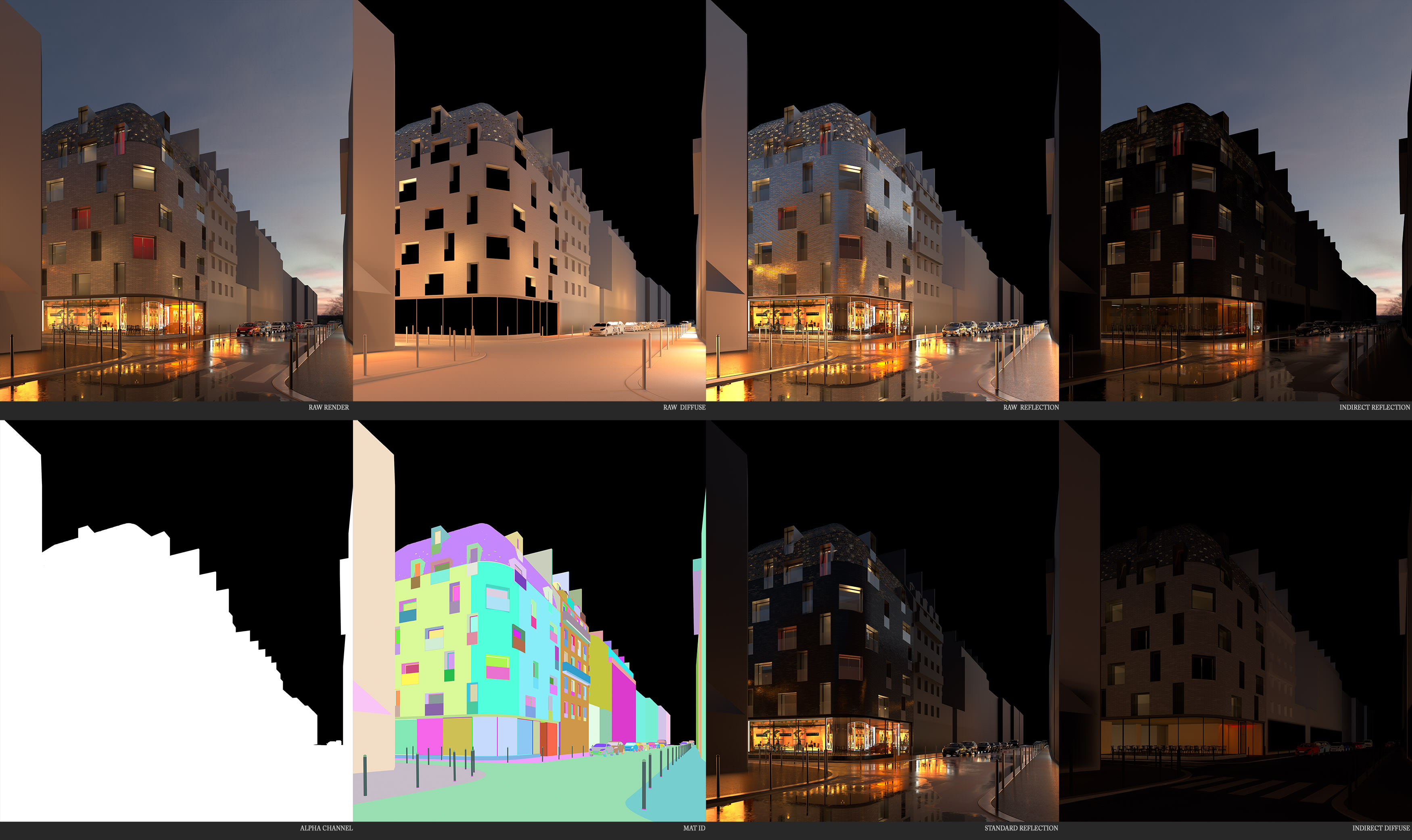
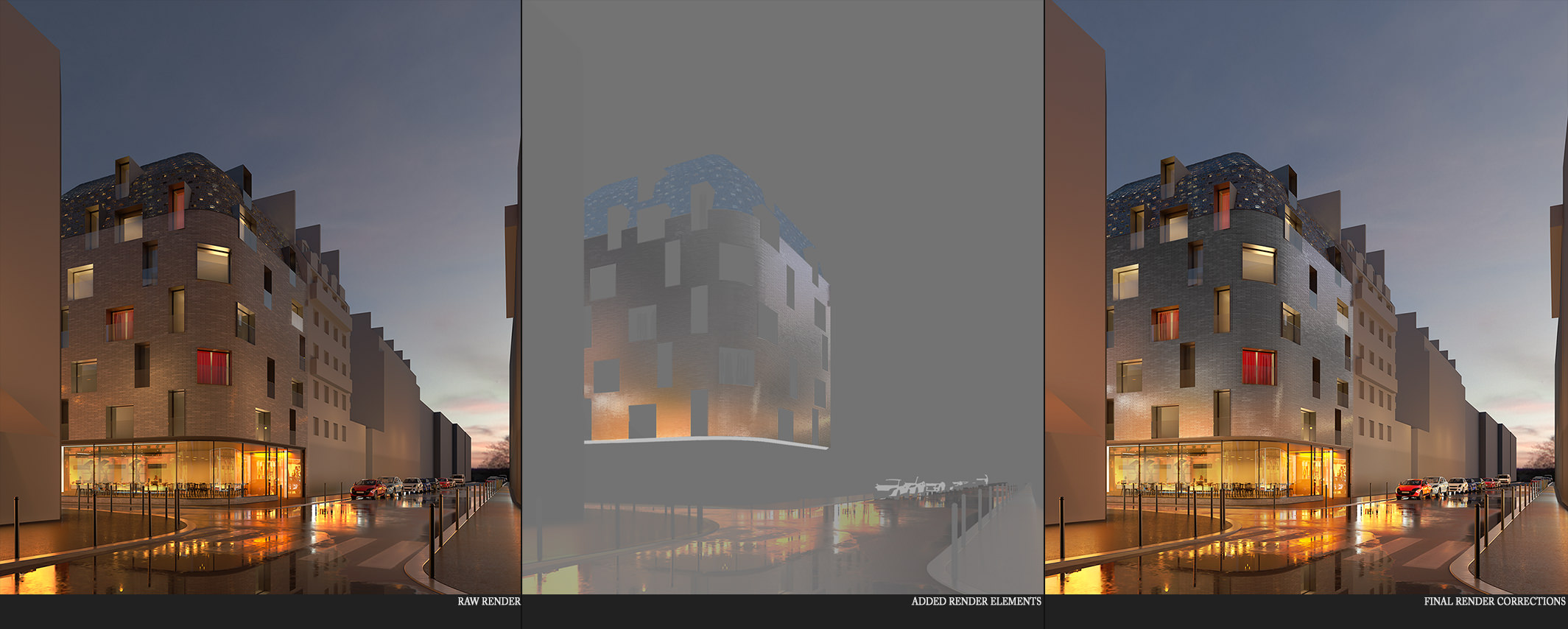
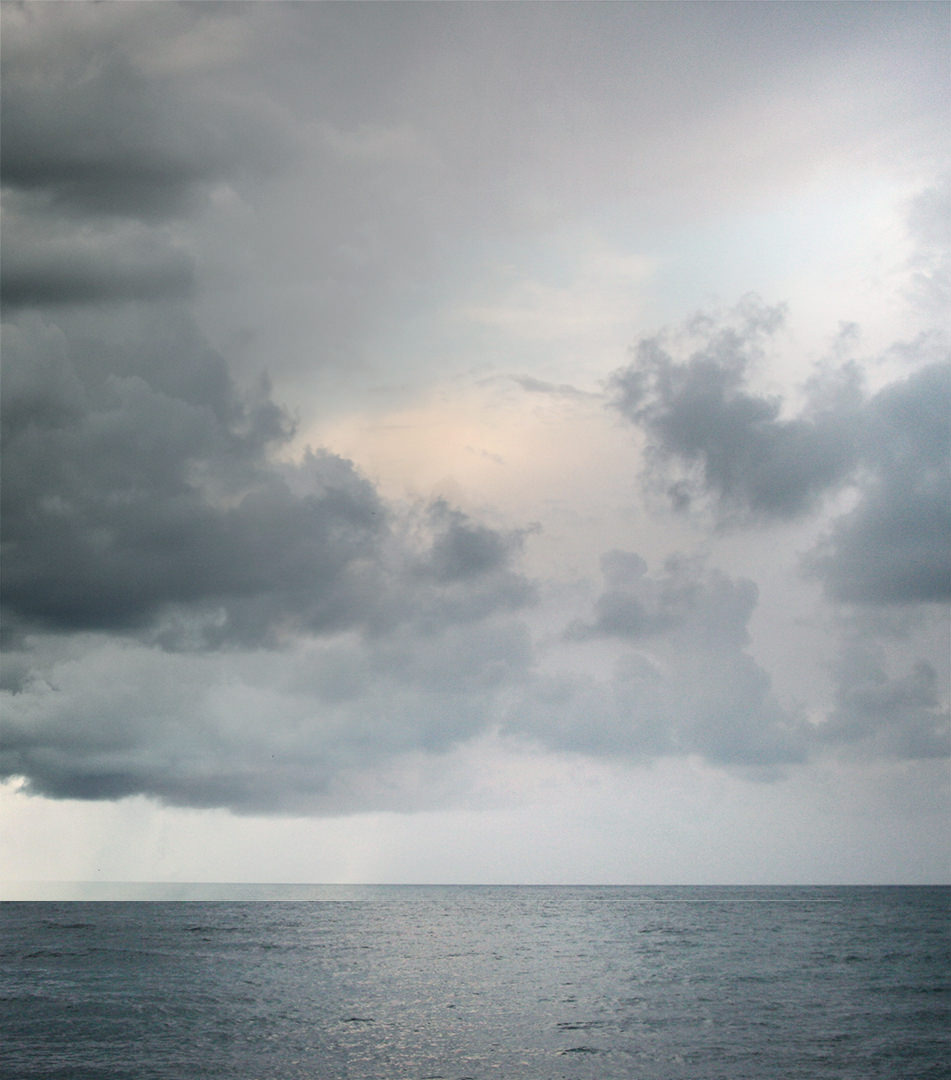
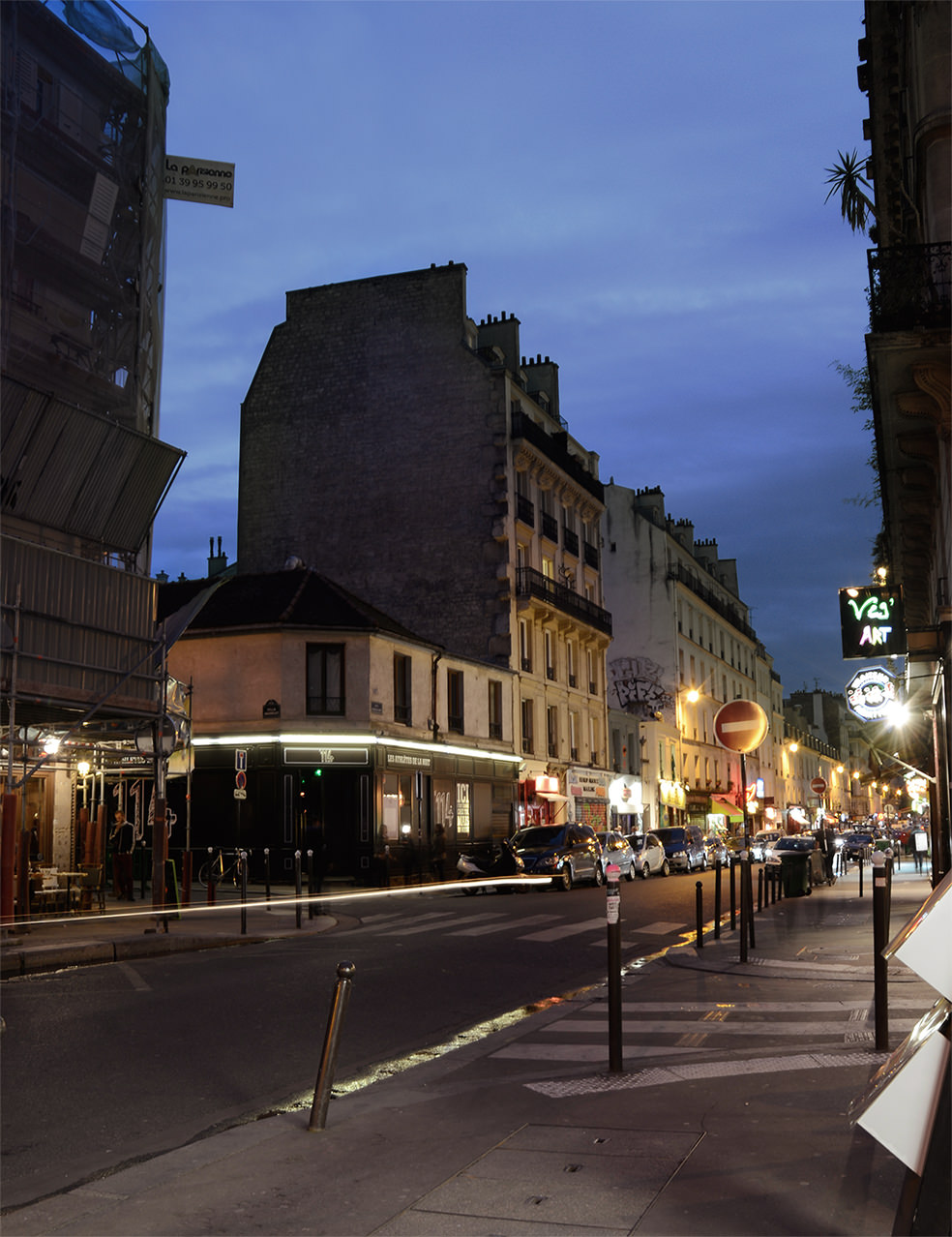
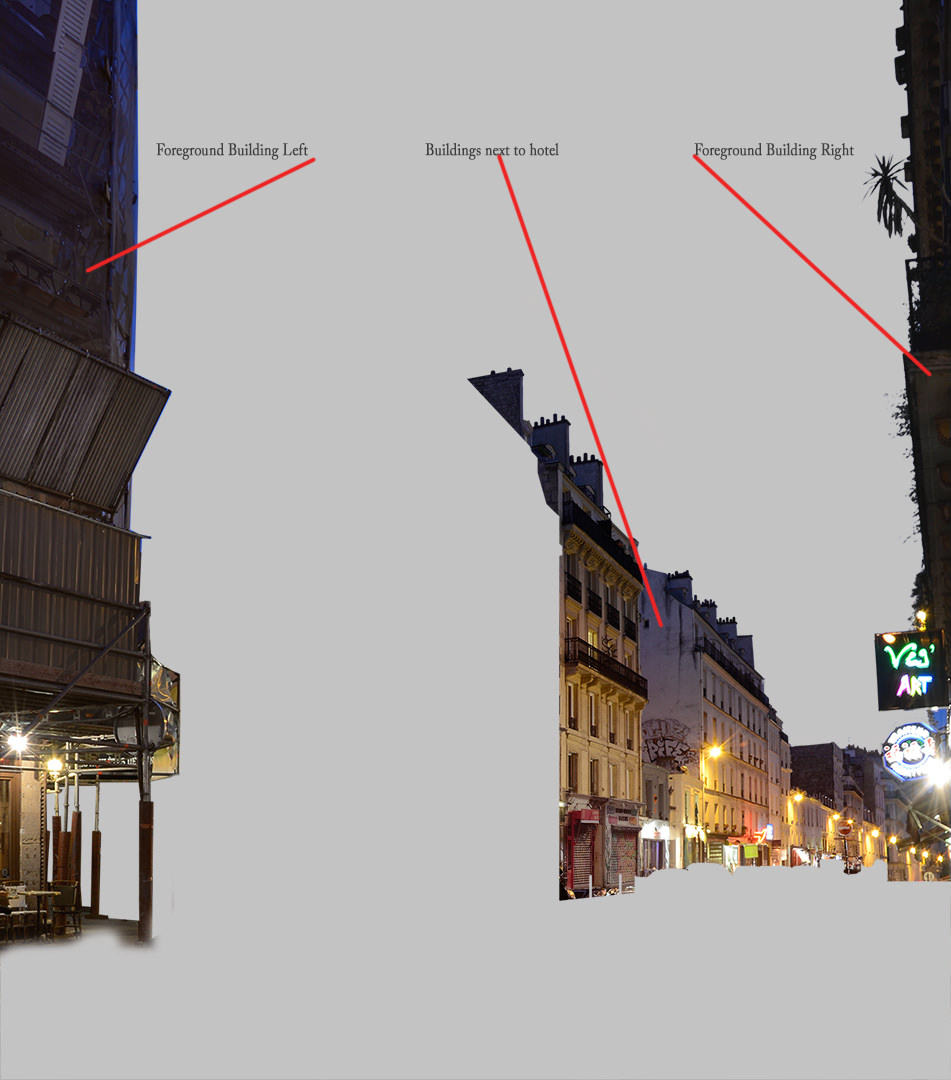
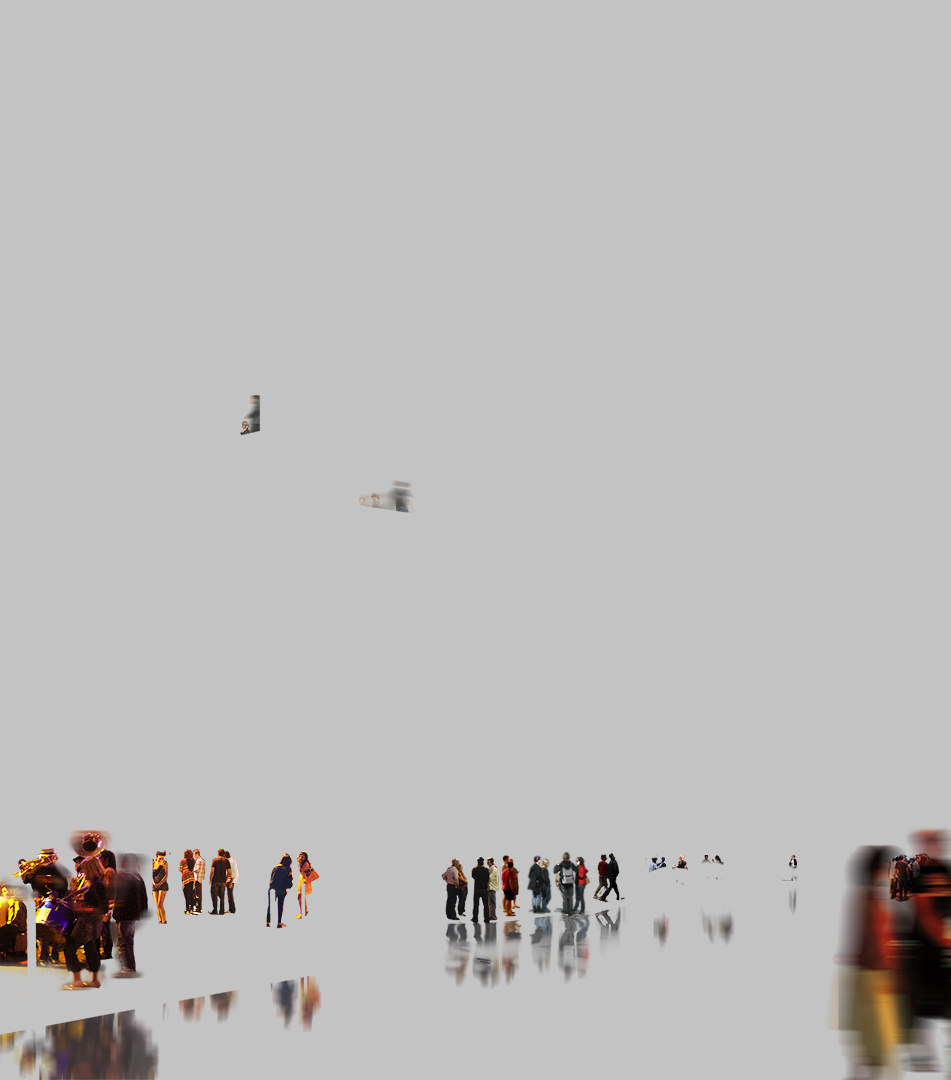

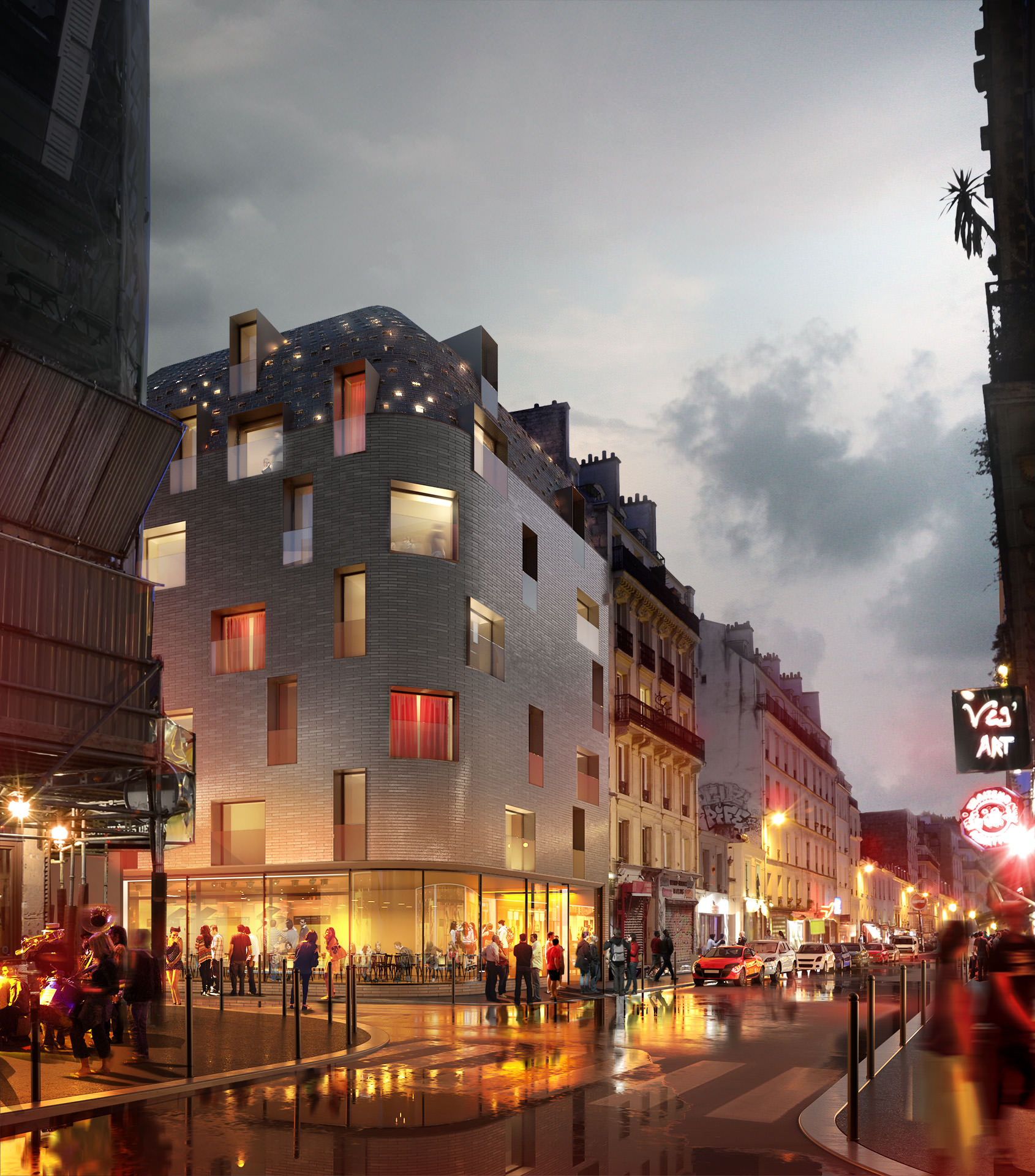
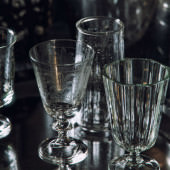
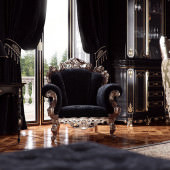
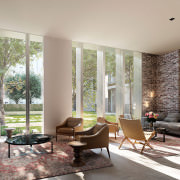
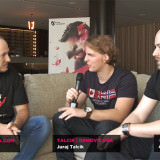


Thanks Ronen for this awesome opportunity to share some stuff!
Beautiful work 😀
Very nice Thomas! Thanks for taking your time to present us this very detailed making of. I do really appreciate it.
Epic work with c4d and corona. I use c4d more than 3ds max at work and its Hard to see much work on this platform on Ronen’s site. So this is a warm welcome to the site. Much appreciated. I wanted to ask you though, how did you add indirect reflection and diffuse pass?. I just see indirect option in my c4d corona v3..am i missing something here ?. Also how much time it took for corona to render the beauty pass at 5K res on your pc ? thanks in advance..Keep on making awesome stuff for us to look up to! Cheers !
Thanx guys! Really appreciate the kind words. Hope that this making of helped a bit.
Antonio Saccomanno
Thank a lot! I appreciate it
Studiohometown
Thanks a lot for the kind words. There might be more in the future…who knows!! 🙂
AbhishekSakpal
well if you check on Shading pass you will find the indirect reflection and indirect diffuse passes. I often use them to enilght the interios if they are a bit darker. I do that with the pass in screen layer mode. As for the render, i would say around 2-3 hours. Maybe it could have been a bit less time …but i just stopped it around that time. Im using a dual xeon E5-2680 V2 workstation, so that speeds up things a lot!
I consider though that my process was a lot faster than i thought, cause i had the render previews done on a day along with materials. One day to wait for feedback and then i had two days to make the image…which is a lot…so all good!
Thank you so much to reply and taking out your time. I found the passes in the shading tab like you said and under components. I missed it somehow before! thanks alot.
Somehow when i render with corona I usually get a very grainy result even after waiting for an hour or so for an interior shot. Is it that i am not waiting for the render to get smoothen more or should i increase the max sample intensity or some other setting !
I know this also depends on the lighting and the scene too but generally I have been getting often a grainy result than a clear one using corona. Can you shed some light on this,how do you tackle such things in your workflow ? Also is c4d-corona a part of your main workflow now..Vray is out of the office ? sorry for so many questions ! but would be great to know from you ! thanks much (my pc config – i7 4930k 32gb ram)
Depends on what do you mean by “noise”. If it is artifact noise ( white pixels or something like this) then you have some issues on either mats or lights. Keep your mats in logical values…like white. I tend not to go higher than 180-190…it feels more natural and i can always brighten it a bit more. Also too high intensities might cause also issues.
What i usually do is i render region areas of complexity and i check my noise. But if you have blurry reflections and glasses , then you might need some extra time indeed. Also, always run a check with your lights. Turn on/off your lights…if you see strange noise that it is too grainy to be normal…then you have an issue.
I’m not the best on settings, but i would say that i don’t really play with any values rather than exposure and compression. this might not be the best answer out there…but it works for me! But i use it quite a lot nowadays. I don’t have too much time on most projects….so time is essential!
Thanx thomas this is very interesting and beautiful tutorial for me, So many thank for sharing.
http://www.rendercraft3d.com/3d-architectural-renderings.php
that’s fantastic article and video! tnx Thomas Vournazos
sandeep8851
Thanks a lot for the kind words. Well i am glad i could share some of the stuff we do.
Omri Ron Thomas Vournazos
Thanks Ron. I appreciate the feedback!
Thanks Thomas, looks spectacular!
Just wondering if you could recommend any photoshop tutorials you have found particularly helpful with regard to post processing of architectural renders?
Congratulations Thomas
jackbyrne Hi Jack. Wow…this is a really really late reply of me. Im not so much of a social media guy to be honest.
Well…actually it is hard to recommend. There is not such thing anymore as ”good tutorial on renders”. My piece of advice would be to start checking matte paint artists. A bit off maybe at start, but you will figure out that there is much in common too. So start picking artists and you will be amazed and shocked. I would propose artists like Anthony Efthekari, Eytan Zana etc.
Hope that helps a bit.
Thomas
Rafal Barnas
Hey! thanks Rafal. I just went to ”check”this thread…after a long long time!! 🙂